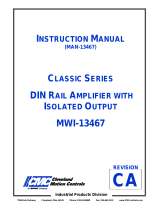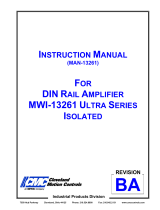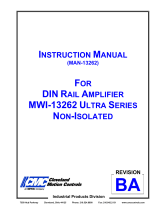JB/JC
2
INDEX
INSTALLATION WARNINGS ................................................................................................................................ 3
1. TECHNICAL FEATURES OF THE JUNCTION CARDS ..................................................................................... 3
2. ANALOGIC LOAD CELL ................................................................................................................................ 4
2.1 LOAD CELL CONNECTION ..................................................................................................................... 4
2.2 CONNECTION TO INDICATOR .................................................................................................................. 5
2.3 SERIES CONNECTION WITH 2 OR MORE BOARDS ................................................................................... 6
3. DIGITAL JUCTION BOARD....................................................................................................................... 7
3.1 6 WIRES LOAD CELL CONNECTION ...................................................................................................... 7
FULL DUPLEX .................................................................................................................................................. 7
3.2 4 WIRES LOAD CELL CONNECTION .......................................................................................................... 8
3.3 RCPTD LOAD CELLS CONNECTIONS ......................................................................................................... 8
3.3 CONNECTION TO INDICATOR .................................................................................................................. 9
3.4 SERIES CONNECTION WITH 2 OR MORE BOARDS ................................................................................. 10
3.6 TERMINATION JUMPER ................................................................................................................... 11
4. EQUALISATION PROCEDURE ................................................................................................................ 12


















